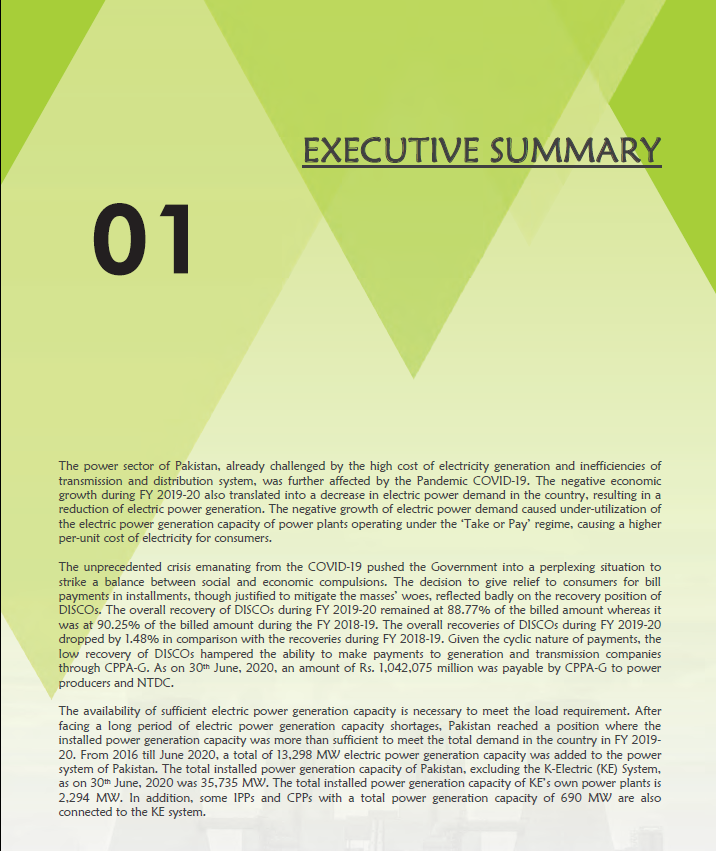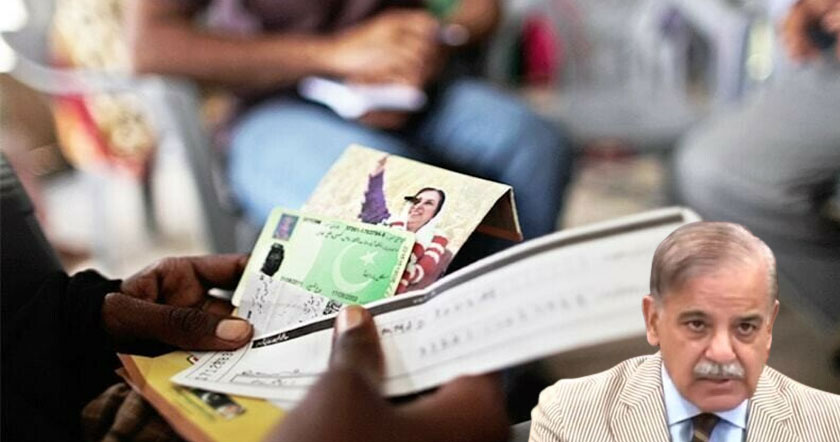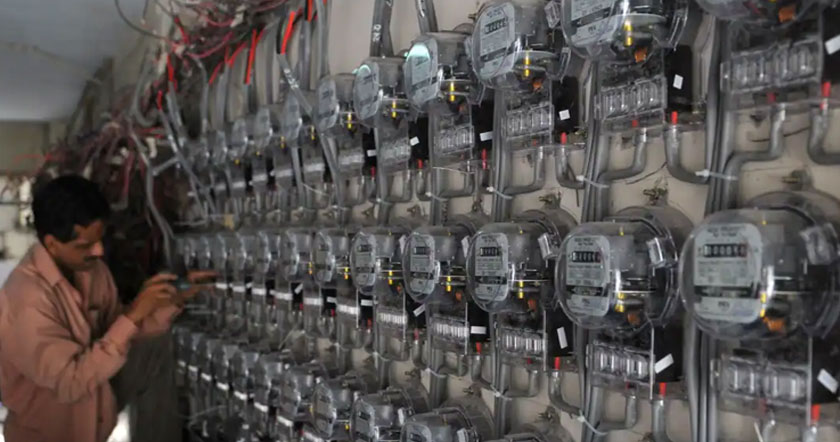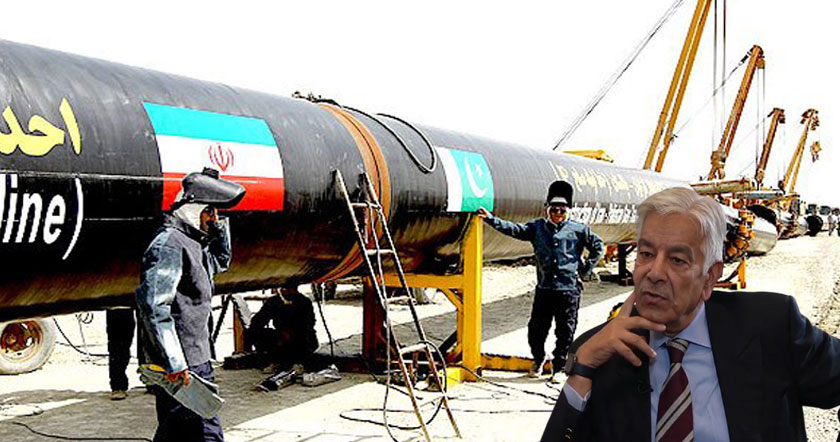کپتان عمران خان کی سربراہی میں - وطن عزیز کی تباھی کے ورلڈ کپ کی منزل قریب تر
اس کے باوجود کہ غدار نواز شریف کے لگاۓ ہائیڈل پروجیکٹس سے پانچ فیصد زیادہ بجلی بنی
نہ صرف سرکیولر ڈیبٹ بڑھایا بلکہ موجود جنریشن کیپسٹی میں بھی کمی کی
اس کے باوجود کہ غدار نواز شریف کے لگاۓ ہائیڈل پروجیکٹس سے پانچ فیصد زیادہ بجلی بنی
نہ صرف سرکیولر ڈیبٹ بڑھایا بلکہ موجود جنریشن کیپسٹی میں بھی کمی کی
Circular debt jumps to Rs2.1tr
NEPRA report cites high losses, power theft and low recoveries as reasons
ISLAMABAD:
Circular debt in the power sector jumped 32% in one year as it went up to Rs2.1 trillion in June 2020 from Rs1.6 trillion in June 2019, according to National Electric Power Regulatory Authority’s (Nepra) State of the Industry Report 2020.
Main contributors to the circular debt were higher losses, power theft, inefficiency and low bill recovery from consumers by power distribution companies (DISCOs).
Expressing reservations about high electricity tariff, Nepra in the report noted that high cost of electricity, inefficient distribution services and load-shedding policy for high-loss feeders were pushing consumers away from DISCOs.
“It is noted that one of the main causes behind theft of electricity and non-payment of electricity bills is higher electricity tariff,” said Nepra.
Regarding power generation, the report said installed power generation capacity of Pakistan as on June 30, 2020 stood at 38,719 megawatts as compared to 38,995MW on June 30, 2019, a net decrease of 276MW. During the year under review, transmission and distribution (T&D) losses of tribal areas, Quetta and Peshawar electricity supplying companies increased whereas losses of Islamabad, Gujranwala, Lahore, Faisalabad, Multan, Hyderabad and Sukkur companies decreased.
Combined recovery of all DISCOs in financial year 2019-20 stood at 88.77% of total bills as compared to 90.25% in FY19, a decrease of 1.48% year-on-year.
Receivables from public and private consumers as well as delayed payment of subsidies were causing an increase in the circular debt. DISCOs were required not only to improve recovery from public and private consumers but also actively follow-up with relevant governments for timely release of subsidy, the report said.
“Load-shedding policy is compelling consumers to use small, inefficient gas or diesel generators as well as Uninterrupted Power Supply (UPS), which disrupted efficient allocation of resources in the economy,” it said.
“Solar power solutions have made a significant ingress in the domestic consumer base of DISCOs, which are losing consumers with high consumption and paying capacity.”
Similarly, commercial, educational and industrial outfits were also inclined to drift away from DISCOs and opt for self-generation through solar power. So far, nearly 5,000 net metering licences with around 86MW power generation capacity have been issued by Nepra. Apart from that, according to the report, various industrial and commercial consumers of DISCOs, dissatisfied with the higher cost and poor quality of services, tend to directly purchase electricity from generation companies for reliable and cheaper supply through wheeling arrangements.
The report stressed that power sector reforms envisaged transition from the monopoly structure to a competitive market - an objective which had not been achieved yet. DISCOs, which were supposed to be independent commercial entities, were instead tied centrally, having least say in their own commercial decisions. Similarly, public sector generation companies (Gencos) have also been centrally tied by the creation of Genco Holding Company Limited.
“Any attempt to further protect the monopolistic and oligopolistic status quo may not only hurt the power sector but also overall economic growth of the country,” the report warned.
Statistics show that during FY20, total electricity generation in the country stood at 134,745.70 gigawatt-hours (GWh) compared to 136,532 GWh in FY19, a decrease of 1,786.30 GWh. Furthermore, 513.74 GWh was imported from Iran in FY20 as compared to 486.80 GWh in FY19, an increase of 26.94 GWh.
The Water and Power Development Authority (Wapda) generated 37,425.41 GWh of hydroelectric power in FY20 compared to 31,167.85 GWh last year, up 6,257.56 GWh. The share of hydel generation in the electricity generation basket was 30.77% in FY20 as opposed to 25.35% in FY19.
The length of National Transmission and Despatch Company’s (NTDC) 500-kilovolt transmission lines increased from 6,417 km to 7,238 km while 220kv transmission lines expanded from 11,219 km to 11,281 km. “It is noted that gas allocation and its supply to power plants is not well coordinated between relevant entities. On various occasions, gas was being supplied to less efficient power plants while under-utilising or non-utilising the efficient power plants due to unavailability of gas,” the report said.
Furthermore, steam turbine power plants of Gencos and K-Electric using pipeline quality gas were inefficiently burning gas. Similarly, power generation by captive power plants, having a much lower efficiency, was also inefficiently burning gas.
The supply of pipeline quality gas, having low price as compared to re-gasified liquefied natural gas (LNG), to less efficient power plants adversely affected the cost of electricity generation. Therefore, while allocating and supplying such gas, its burning in the most efficient power plants should be ensured, the report said.
Despite availability of sufficient generation capacity for meeting demand, DISCOs adopted a policy of load-shedding at the feeders’ level, it said.
Resultantly, despite having surplus generation capacity, long hours of load-shedding persisted in several areas. “This policy of load-shedding at the feeder level on the pretext of high losses and low recovery is penalising the law-abiding and good-paying consumers.”
The load-shedding policy “is causing a decrease in the sale of electricity from the available take-or-pay power plants and thus causing higher per unit cost of electricity,” the report said. DISCOs, therefore, needed to improve governance and disconnect the individual consumers who were either defaulters or involved in electricity theft, rather than resorting to load-shedding on high-loss feeders.
The report, however, pointed out that NTDC showed 35% and K-Electric showed 20% reduction in forced outages on the entire transmission network.
Published in The Express Tribune, October 21st, 2020.
Source: https://tribune.com.pk/story/2269215/circular-debt-jumps-to-rs21tr





































